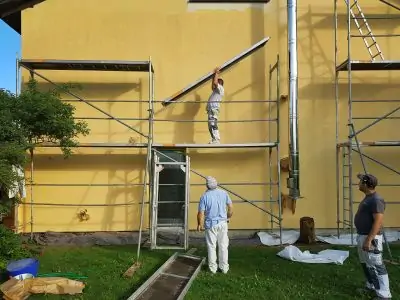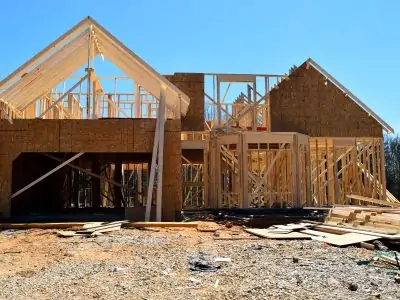Some Americans reside in a flood zone but do not know it. Home sellers must reveal if the home they sell sits within a flood zone, but renters would only know if their landlord mentions it or if they conduct due diligence research. Because the Federal Emergency Management Agency (FEMA) regularly updates its flood maps based on current data, a home’s flood zone designation can change.
What Living in a Flood Zone Means
Homes that do sit within a flood zone experience a better chance of flooding than those outside of these zones. Homeowners and renters can perform a few tasks to make their possessions safer. Some of these things to do relate to insurance, others to home preparation.
Buy Flood Insurance
FEMA works with the National Flood Insurance Program (NFIP) to offer flood insurance to U.S. residents. Homeowners can choose coverage for the home’s structure, its contents, or both. Renters can purchase content only.
Make a Flood Response Plan
Use the template provided on the FEMA website to plan how you will respond to a flood. Your plan should include how you will safely escape the home and where you will go. Determine which routes you can use to safely reach higher ground. The best emergency plans include an early evacuation rather than waiting until flood becomes imminent.
Flood Alarms
Install a flood alarm at your home or business. One of every seven businesses has an alarm system installed, so add a flood warning to it. These systems use sensors that detect water near appliances and windows or doorways, so they alert you to more than one type of flood.
Properly Grade Your Yard
Grade the yard so that the lawn slopes away from the home. This angle helps water flow away from the home instead of collecting around it. Water should flow away in all four directions.
Reinforce Your Home
Installing a flood wall protects your home by diverting water. Since most concrete structures last more than 100 years, a concrete flood wall keeps a home safer over the long term. Consider where the wall will channel the diverted water before building, so you don’t move the water onto someone else’s property.
Apply Sealants and Coatings
Every area of a home can benefit from coatings or sealants to help them last longer and better withstand the elements. Apply coatings and sealants to decks, trim, siding, the foundation, and the roof. Roofing may rank as the 16th largest construction industry market in the U.S., according to Roofer’s Guild, but it tops the list of areas that can benefit from coatings for weatherproofing and waterproofing. In some of the biggest recent U.S. floods, floodwaters overtopped the rooflines, such as the 2019 Dayton, Ohio flood with 10 feet of rushing water and in 2011, when floodwaters rose to 42.66 feet in Wilkes-Barre, Pennsylvania.
Raise Electrical Components
Hire an electrician to raise the home’s electrical components to a height higher than the last flood height. Doing so protects them from rising water floods. If you build a home in a flood zone, have these components built in at as high a height as reasonable to reduce damage.
Store Valuables on High Shelves
Store valuable items like computers, jewelry, and important papers on the highest shelves in the home. This can put them out of harm’s way. Place beloved knickknacks high up, too. First editions and rare tomes go on the top shelves of bookcases for protection.
Preparing for the worst can ensure the best possible outcome. When you plan for a possible flood, you follow a step-by-step plan if one occurs. Your emergency plan and preparedness help protect you, your family, and your belongings.






